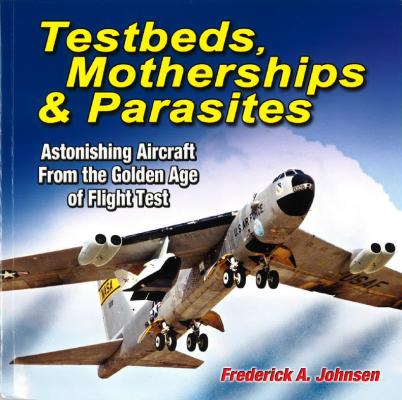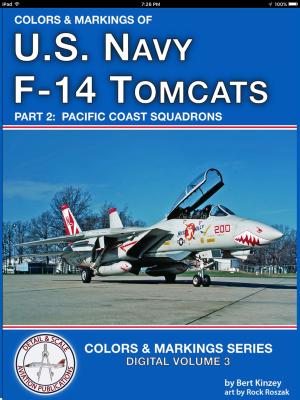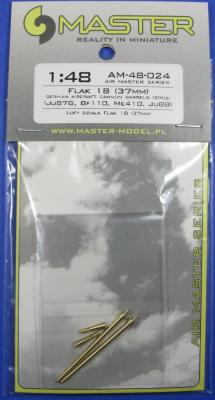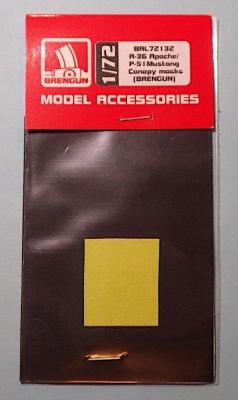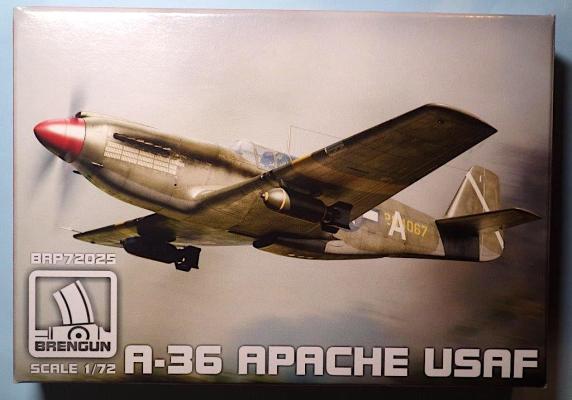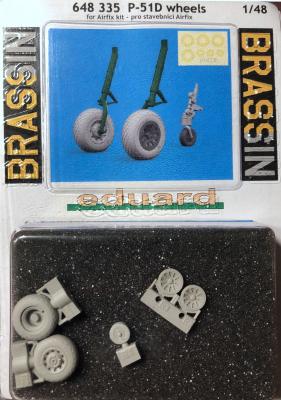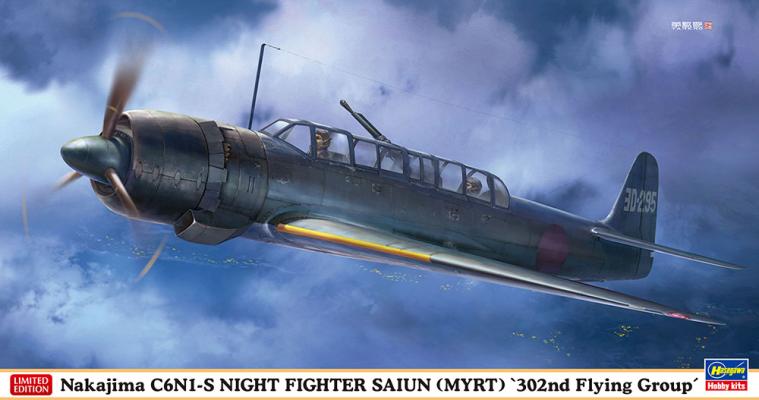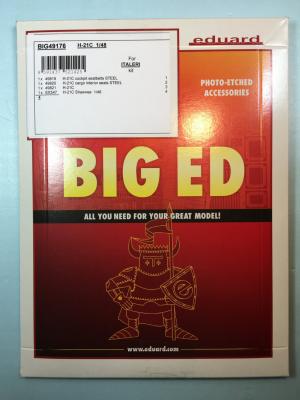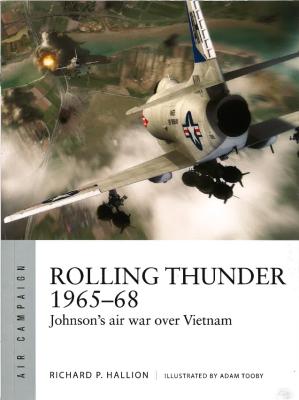Frederick A. Johnsen recently retired from a lengthy career at the U.S. Air Force Flight Test Center and NASA's famed Dryden Flight Research Center, both located on the historic desert site known as Edwards Air Force Base. During his time there, Johnsen amassed a wealth of knowledge related to the Golden Age of Flight Test Research at Edwards. He has written numerous books about aircraft and aviation history, including: Thundering Peacemaker: The B-36 Story in Words and Pictures (1978); Bombers in Blue: PB4Y-2 Privateers and PB4Y-1 Liberators (1979); Darkly Dangerous: The Northrop P-61 Black Widow Night Fighter (1981); F4U Corsair with Rikyu Watanabe (1983); B-24 Liberator (Warbird History, 1993); Douglas A-1 Skyraider: A Photo Chronicle (1994); B-24 Liberator: Rugged But Right (1999); Lockheed C-141 Starlifter (Warbird Tech V 39, 2005); Captured Eagles: Secrets of the Luftwaffe (2014).
Reviews
Thank you to Bert Kinzey and Rock Roszak for bringing another tremendous digital resource to the modeler. Thank you to the IPMS Reviewer Corps for allowing me to test out this new and exciting method of researching colors and markings of my favorite jet of all time, the F-14 Tomcat. A very significant plus of this updated version is that the entire history of all the Pacific F-14 squadrons, including TOPGUN/NSAWC and evaluation squadrons, is now available in a single publication.
Master Model from Poland specializes on brass and resin drop-in replacement parts. In this case there are 4 parts: two barrels and two flash hiders for the Flak 18 used in Ju-87G, but also seen in Bf-110, Ju-88 and other airplanes.
The turned brass parts mean that no mold line is present and that alone is enough of a reason to consider upgrading your kit. Another reason is the beautiful perforated flash hiders and the hollow gun barrel end, which adds realism to the airplane weaponry.
Assembly is straightforward and simple. First you superglue the flash hider to the gun barrel. Then you remove the plastic gun from the plastic part and make a small hole (1 mm in diameter) to mount the brass gun barrel.
I would personally leave the barrel off the model until the very end. Not only that means less masking (for painting), it also ensures the barrel won’t get knocked off the model during handling.
Brengun, based in the Czech Republic, is known for producing a range of photo-etched and resin accessories for airplane models. They also produce a small number of 1/72nd and 1/144th aircraft model sets. One of their latest airplane kits is the North American A-36 Apache. With the release of this new kit, they have added a number of accessories for it including additional photo-etch details, a vacuform canopy, and these painting masks for the canopy.
The A-36 Apache was a dive bomber version of the P-51 Mustang. It was based on the fuselage of the P-51A, but with completely redesigned wings strengthened to support the added stress of dive bombing. Since the main difference between the P-51A and the A-36 is the wind design, this mask set would work with both the P-51A and the A-36. I used mine on the A-36.
Brengun, based in the Czech Republic, is known for producing a range of photo-etched and resin accessories for airplane models. They also produce a small number of 1/72nd and 1/144th aircraft model sets. One of their latest airplane kits is the North American A-36 Apache.
The A-36 Apache was a dive bomber version of the P-51 Mustang. It was based on the fuselage of the P-51A, but with completely redesigned wings strengthened to support the added stress of dive bombing. Also, to aid in dive-bombing, rectangular slats were added to the upper and lower parts of the wings. Approximately 500 bombers served in units in the Mediterranean Theater and the China Burma Theater.
Recently I was given the opportunity by IPMS USA to review Eduard’s BRASSIN wheels for the new 1/48 Airfix P-51D kit. One of the first things to notice with this product is the excellent presentation of the packaging with the familiar clamshell box, with the resin parts safely cocooned on dark grey foam inserts, and the instructions sandwiched between the two halves, doubling as the header card. This set gives new main wheels and the tail wheel. The main wheels have the diamond tread pattern and come with separate hubs. The tail wheel is one part and comes with a new leg which is made from a different type of resin which is probably less prone to sagging. As well as the wheels a set of yellow tape masks are also supplied.
The Mitsubishi ‘Zero’ fighter was Japan’s premiere fighter at the beginning of World War II. By the time the A6M7 Type 62 appeared, the airplane had been outclassed by American fighters and in the waning months of the war, they were used in Kamikaze attacks primarily against U.S. Navy ships.
Hasegawa has done an excellent job of reproducing this aircraft. There are plenty of details provided, and nice touches such as the tape over the rivets on the fabric flight controls are there. The kit comes with a total of 147 pieces molded in a light grey and clear plastic. The fit of the parts is excellent, and I needed just a minimum of filler putty on several joints.
Hasegawa has released this aircraft with components to make two Prototypes of the original developed reconnaissance aircraft modified for night fighter duty. One version with twin 20mm cannons and one with a single 30mm Cannon. There was only one of each built in June 1945 and both were used. There was no record of these being successful in service.
In the box is:
- 6 x light grey sprues
- 1 clear sprue
- 1 decal sheet
- 1 poly caps
- Bag of metal parts (20mm Cannons)
- 1 instruction booklet
While you get lots of sprues, you also get plenty of unused parts.
All the sprues are extremely well molded with very little flash and great detail; the decals allow you to finish the aircraft as the two variants different versions.
My father, a retired career pilot and Colonel in the USAF, passes along a magazine he receives each month as a member of the Air Force Association. Several years ago, an article in one issue titled “Life on the Pine Tree Line” captivated me. The article details daily activities at a remote DEW-line radar site on Resolution Island, in far North Newfoundland, back in the 50s and 60s. In particular, photos of an H-21 Shawnee or “Flying Banana” as it is more commonly referred to in Artic Red conspicuity markings, caught my eye. Other aircraft and vehicles documented in the photos included a C-123, a TWA “Connie”, various cargo trucks and vehicles, and a small WWII utility vehicle known as a “Weasel”. Visions of a winter diorama scene began to take shape.
Richard Paul Hallion was born in Washington, D.C., on May 17, 1948. He graduated from the University of Maryland in 1970 with a B.A. and followed up with his Ph.D. in 1975, again from the University of Maryland. He was a curator of science and technology at the Smithsonian from 1974 to 1980. He has worked with the Air Force Flight Test (Edwards AFB), the Aeronautical Systems Division (Wright-Patterson AFB), the Army War College, and many other aeronautical institutions. He is a Fellow of the American Institute of Aeronautics and Astronautics, the Royal Aeronautical Society, and the Royal Historical Society, and an Honorary Member of the Order of Daedalians who has flown as a mission observer in a wide range of military aircraft, including the Vietnam-era AH-1, Canberra, C-1, C-130, C-141, C-5, F-104, F-105, F-4, F-111, O-2, P-3, CH-46, SH-3, and UH-1.

